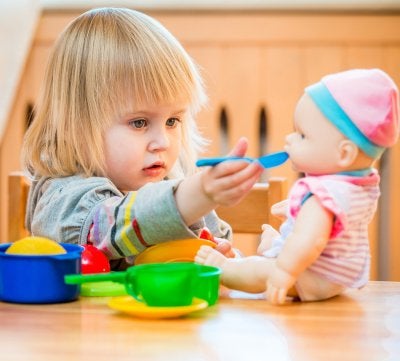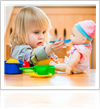It can be difficult for a parent to see a child have difficulty coping with departures, but separation anxiety is a normal part of childhood development. Ironically, some childhood development experts believe that separation anxiety is actually an indicator of the newly discovered independence of a child because he or she is attempting to exert control over the situation. When it’s time for your preschool student to say goodbye at the learning center in Pembroke Pines, there are some strategies you can use to ease the transition. In time, your child will start to look forward to arriving at the early learning center .
Develop a Consistent Routine
Children thrive on consistency. When your child is ready to enter preschool, you might ask him or her to help you create a secret handshake or another special goodbye ritual. Some parents use a special phrase for the departure that reminds their children that they’ll be back to pick them up. For instance, you could say, “See you later, alligator”. Use this routine each morning to help your child feel more secure. Picking your child up at the same time every day may also help him or her feel better.
 Select a Comfort Item
Select a Comfort Item
Call the early childhood education center ahead of time to inquire about its policy on personal possessions. Then, ask your child to help you select a comfort item that he or she can take to preschool. Remember to label the item clearly with your child’s name.
Avoid Prolonging Your Departure
It’s never a good idea to try to sneak away without saying goodbye. However, you should also avoid long goodbyes. When it’s time to leave, do your departure ritual with your child, remind him or her that you’ll be back soon, and then leave promptly.
Use Pretend Play
If it seems to take a while for your child to adjust to saying goodbye, pretend play may help. At home, have your child select a couple of dolls or stuffed animals. Designate one doll as the mother or father and the other as the child. Then, you and your child can use the dolls to act out the scenarios of leaving the child at preschool and going back for him or her at the end of the school day.

